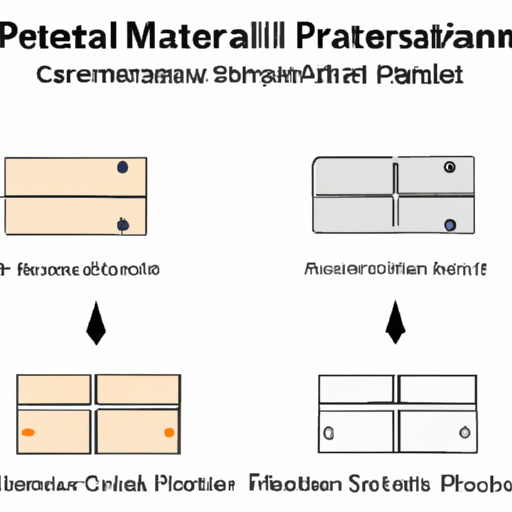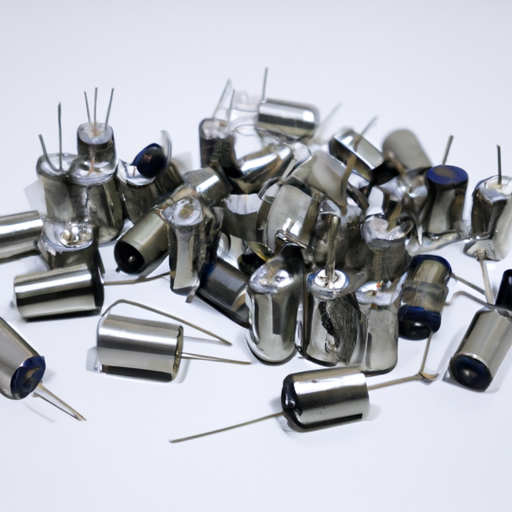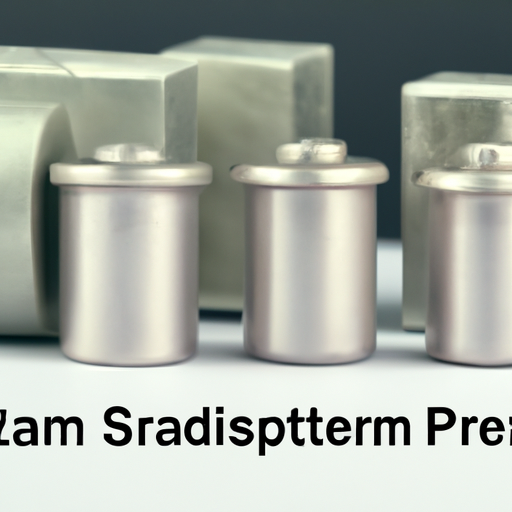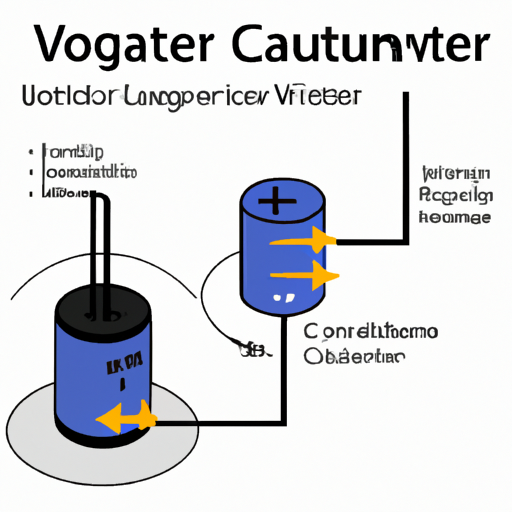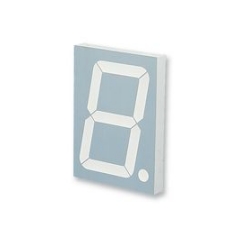What are the comparative differences between mainstream parallel plate capacitor models?
Comparative Differences Between Mainstream Parallel Plate Capacitor Models
I. Introduction
Capacitors are fundamental components in electrical engineering, playing a crucial role in energy storage, filtering, and timing applications. Among the various types of capacitors, parallel plate capacitors are widely used due to their simple construction and predictable behavior. This blog post aims to explore the comparative differences between mainstream parallel plate capacitor models, highlighting their unique characteristics, applications, and performance metrics.
II. Basic Principles of Parallel Plate Capacitors
A. Structure and Functionality
Parallel plate capacitors consist of two conductive plates separated by a dielectric material. The plates store electric charge when a voltage is applied across them, creating an electric field in the dielectric. The ability of a capacitor to store charge is quantified by its capacitance, which is influenced by the area of the plates, the distance between them, and the properties of the dielectric material.
B. Capacitance Formula
The capacitance (C) of a parallel plate capacitor can be calculated using the formula:
\[ C = \frac{\varepsilon A}{d} \]
Where:
- \( C \) is the capacitance in farads (F),
- \( \varepsilon \) is the permittivity of the dielectric material,
- \( A \) is the area of one of the plates,
- \( d \) is the separation between the plates.
Factors such as the dielectric constant of the material and the physical dimensions of the capacitor significantly affect its capacitance.
III. Overview of Mainstream Parallel Plate Capacitor Models
A. Ideal Parallel Plate Capacitor
The ideal parallel plate capacitor is a theoretical model that assumes perfect conditions: infinite plate area, no edge effects, and a uniform electric field. This model serves as a baseline for understanding capacitance and is often used in educational contexts. However, its limitations include the inability to account for real-world factors such as dielectric losses and non-uniform electric fields.
B. Real-World Parallel Plate Capacitor
Real-world parallel plate capacitors deviate from the ideal model due to non-ideal factors such as fringing fields, dielectric imperfections, and material properties. These capacitors exhibit lower capacitance values than predicted by the ideal model. The choice of dielectric material significantly impacts performance, with materials like ceramic, polyester, and electrolytic offering varying levels of capacitance, voltage ratings, and temperature stability.
C. Variable Dielectric Capacitors
Variable dielectric capacitors utilize a dielectric material whose properties can be altered, allowing for adjustable capacitance. These capacitors are commonly used in tuning circuits, where precise control over capacitance is required. The mechanism of operation often involves mechanical movement or electronic control, providing flexibility in applications such as radio frequency (RF) circuits and oscillators.
D. High-Frequency Capacitors
High-frequency capacitors are designed to perform optimally at elevated frequencies, addressing issues such as parasitic inductance and resistance. These capacitors often feature specialized construction techniques, such as using low-loss dielectric materials and minimizing lead lengths. Their performance metrics include low equivalent series resistance (ESR) and high self-resonant frequency, making them suitable for applications in RF and microwave circuits.
IV. Comparative Analysis of Capacitor Models
A. Capacitance Values
When comparing capacitance values, ideal capacitors provide a theoretical maximum, while real-world capacitors often exhibit lower values due to non-ideal factors. Variable dielectric capacitors can offer a range of capacitance values, making them versatile for specific applications. Understanding these differences is crucial for engineers when selecting capacitors for circuit designs.
B. Frequency Response
The frequency response of capacitors varies significantly between models. Ideal capacitors maintain a constant capacitance across frequencies, while real-world capacitors may experience changes due to dielectric losses and parasitic effects. High-frequency capacitors are specifically designed to minimize these issues, ensuring stable performance in high-speed applications. This behavior is critical for circuit designers who must consider the operating frequency of their applications.
C. Temperature and Voltage Dependence
Capacitance can be affected by temperature and voltage changes. Real-world capacitors often exhibit temperature coefficients that can lead to variations in capacitance with temperature fluctuations. Additionally, voltage dependence can cause dielectric breakdown or changes in capacitance under high voltage conditions. Understanding these dependencies is essential for ensuring reliability and performance in various operating environments.
D. Size and Form Factor
The physical dimensions of capacitors can significantly impact their applications. Ideal capacitors are often considered in theoretical designs, but real-world capacitors come in various sizes and form factors, influencing their integration into circuits. High-frequency capacitors, for instance, are typically smaller to reduce parasitic effects, while larger capacitors may be used for energy storage in power applications. The choice of size and form factor must align with the specific requirements of the application.
V. Applications of Different Capacitor Models
A. Consumer Electronics
In consumer electronics, capacitors are used in a variety of applications, from power supply filtering to signal coupling. Ideal capacitors may be referenced in design calculations, but real-world capacitors are employed in practical circuits. Variable dielectric capacitors find use in tuning circuits for radios, while high-frequency capacitors are essential in modern communication devices.
B. Industrial Applications
In industrial settings, capacitor selection is critical for ensuring reliable operation. Real-world capacitors are often chosen based on their performance characteristics, such as voltage rating, temperature stability, and capacitance value. Case studies in industrial applications demonstrate the importance of selecting the right capacitor model to meet specific performance requirements, such as in motor drives and power factor correction.
C. Emerging Technologies
As technology advances, the role of capacitors continues to evolve. Emerging technologies, such as electric vehicles and renewable energy systems, rely on capacitors for energy storage and management. The development of new materials and designs is paving the way for capacitors with enhanced performance characteristics, addressing the growing demands of modern applications.
VI. Conclusion
In summary, the comparative differences between mainstream parallel plate capacitor models highlight the importance of understanding their unique characteristics and applications. While ideal capacitors serve as a useful theoretical framework, real-world capacitors, variable dielectric capacitors, and high-frequency capacitors each offer distinct advantages and limitations. Choosing the right capacitor model is crucial for optimizing circuit performance and ensuring reliability in various applications. As capacitor technology continues to advance, engineers must stay informed about emerging trends and innovations to make informed decisions in their designs.
VII. References
1. Academic Journals on Electrical Engineering
2. Textbooks on Capacitor Theory and Applications
3. Industry Standards and Guidelines for Capacitor Selection
This blog post provides a comprehensive overview of the comparative differences between mainstream parallel plate capacitor models, offering insights into their principles, applications, and implications for electrical engineering. By understanding these differences, engineers can make informed decisions when selecting capacitors for their designs, ultimately leading to improved performance and reliability in their applications.

